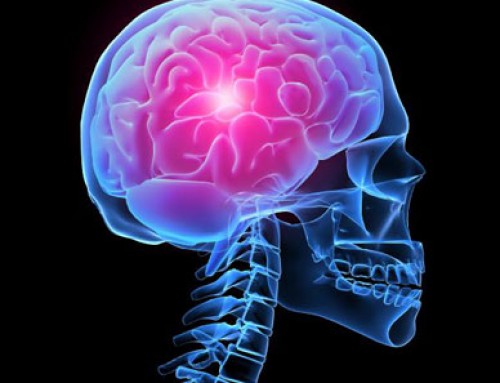Researchers in Australia have developed a new, minimally-invasive, brain-machine interface that could be beneficial in the treatment of epilepsy in future.
The system consists of a stent-based electrode, called a stentrode, which can be implanted within a blood vessel next to the brain and records neuronal activity taking place within the brain over an extended period of time.
Created by scientists at the University of Melbourne, the Royal Melbourne Hospital and the Florey Institute of Neuroscience and Mental Health, the device, which is about the size of a matchstick, can be implanted in the brain via a simple day procedure, avoiding the need for high-risk open brain surgery.
Data from early trials of the device have been published in the scientific journal Nature Biotechnology, which show that the device is capable of effectively recording high-quality signals, equivalent to those achieved using standard (invasive) ‘brain surface’ electrodes, emitted from the brain’s motor cortex.
During the trials, brain activity was monitored successfully over many months, and the quality of the recordings was found to improve over time as the device became incorporated into adjacent tissue. The scientists have said that the principle behind the device was inspired by implantable cardiac pacemakers.
This new system has a wide variety of potential applications. For people with epilepsy, a device of this kind could help monitor brain activity to better understand the causes of seizures, or even to help predict them.
Excitingly, it has also been shown that the brain impulses monitored by the system could potentially be translated into signals that power an exoskeleton or control bionic limbs, offering new mobility options for those who have been paralyzed.
Professor Terry O’Brien, Head of Medicine at the Department of Medicine and Department of Neurology at the Royal Melbourne Hospital and University of Melbourne, said: “To be able to create a device that can record brainwave activity over long periods of time, without damaging the brain, is an amazing development in modern medicine.”





